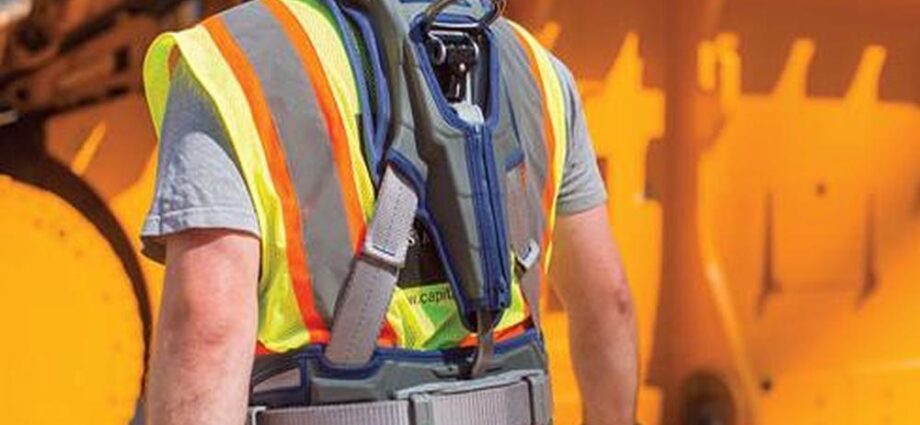In industries where working at heights is a daily occurrence, ensuring the safety of workers is paramount. High-risk environments demand robust safety measures, and one of the most crucial tools in the safety toolkit is the fall arrest safety harness. These harnesses serve as a lifeline, providing a last line of defence against potentially catastrophic falls. In this blog post, we will delve into the importance of safety harnesses, how they work, and their role in safeguarding workers in high-risk settings.
Understanding Fall Arrest Safety Harnesses
A safety harness is a specialized piece of personal protective equipment (PPE) designed to prevent or minimize injuries in the event of a fall from heights. These harnesses consist of webbing, straps, buckles, and attachment points that distribute the impact of a fall across the body, reducing the risk of severe injury.
The Anatomy of Safety
Safety harnesses are constructed with the wearer’s safety in mind. They consist of shoulder straps, leg straps, chest straps, and a dorsal attachment point. These components work together to create a secure and balanced system that prevents the wearer from falling freely and helps to distribute the impact forces more evenly across the body.
How They Work
When a fall occurs, the safety harness comes into action. The harness is attached to an anchor point using a lanyard or lifeline, which prevents the wearer from falling further. The harness’s design ensures that the forces generated during a fall are spread out, reducing the risk of injury to vital body parts. This not only prevents severe harm but also gives rescue personnel more time to reach the fallen worker.
A Lifeline in High-Risk Environments
High-risk environments such as construction sites, industrial facilities, and telecommunications towers pose significant dangers to workers. Fall arrest safety harnesses act as lifelines, offering workers a sense of security while working in these perilous settings. The knowledge that they are equipped with a reliable harness can significantly boost workers’ confidence, allowing them to focus on their tasks without fear of potential falls.
Compliance with Regulations
Governments and regulatory bodies have implemented stringent safety regulations to protect workers from falls and other workplace hazards. Fall arrest harnesses play a vital role in ensuring compliance with these regulations. Employers who provide their workers with proper safety harnesses demonstrate their commitment to workplace safety and reduce the risk of costly fines and legal consequences.
Versatility in Design
Fall arrest harnesses come in a variety of designs tailored to different industries and tasks. For instance, tower climbers might require harnesses with extra padding and leg straps for extended comfort during long hours of work. On the other hand, construction workers might opt for harnesses with tool loops and additional attachment points for equipment. This versatility ensures that workers can find a harness that suits their specific needs, enhancing both safety and comfort.
Training and Proper Usage
While safety harnesses are essential tools, their effectiveness relies on proper usage and training. Workers must be trained on how to properly don and adjust the harness, as well as how to attach themselves securely to anchor points. Regular refresher training sessions can help ensure that workers are always up-to-date with the latest safety protocols.
Prevention and Peace of Mind
Prevention is at the core of safety harnesses. By equipping workers with these harnesses, employers proactively address potential hazards, reduce the risk of injuries, and provide peace of mind to their workforce. Workers who feel safe and protected are more likely to be engaged, productive, and committed to their tasks.
The Bottomline:
In high-risk environments, fall arrest safety harnesses serve as lifelines that can mean the difference between life and death. These harnesses are not just pieces of equipment; they are symbols of a commitment to worker safety. By providing workers with reliable safety harnesses, employers demonstrate their dedication to creating a secure work environment while complying with regulations and reducing the risk of accidents. In industries where every precaution matters, the humble safety harness shines as a beacon of protection and assurance for those who work at heights.

